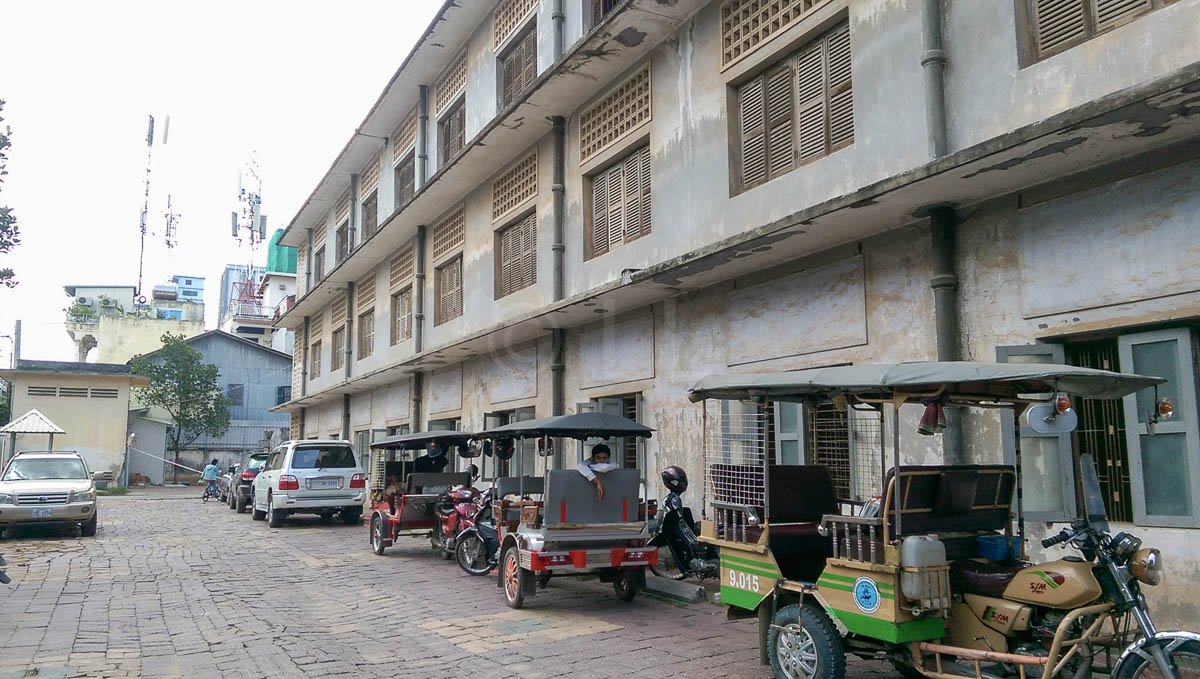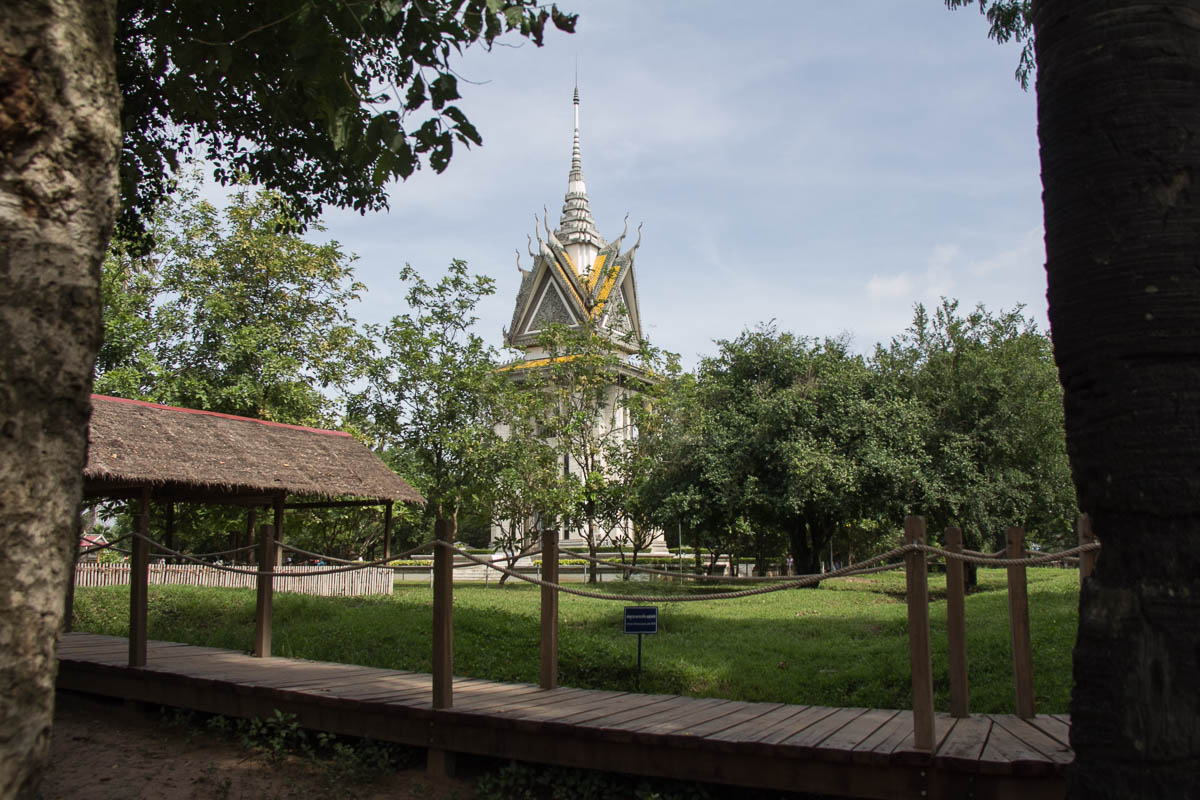If you’ve seen the movie “Killing Fields” or are old enough to remember when the Khmer Rouge marched into Phnom Penh in 1975 you would know of the horrors that were committed on ordinary people for four years. The regime’s power lasted from April 1975 until January 1979, when the Vietnamese army invaded Cambodia. Well over a million Cambodian citizens died in the genocide of those years and most Cambodians today, are aged below forty.
If you visit Cambodia and are concerned that ‘ethical tourism’ means you shouldn’t visit sites of mass torture and killing, that’s your call and was what stopped us visiting any of the Killing Fields when we visited Siem Reap some years ago. We found it very confronting even to visit the Landmine Museum outside the town.
Learn about the recent history
Yes, it is very confronting, but if you do know anyone who lived through this period or escaped overseas, you should ask them if you will be honouring the memory of their lost loved ones by visiting the sites of the killings. We did this and decided to go to the two best known sites in Phnom Penh, now open to visitors. Apart from the Cheoung Ek Killing Fields and the Tuol Sleng Centre (S21), you can see memorials at many sites across the country, holding the skulls of the victims.
With over twenty thousand mass graves at nearly two hundred prisons, containing over a million victims of mass execution it has been many years work to exhume remains and attempt to identify victims. In many cases, whole families have disappeared and we only know their fates because of the photographic records made when they were arrested.
The Killing Fields and S21

Around seventeen thousand people passed through the former high school now known as Tuol Sleng Centre (also called S-21). Some met their end here, but most were taken on to sites (also known as The Killing Fields), outside Phnom Penh such as Choeung Ek where most were executed mainly by pickaxes. This saved bullets and avoided the sound of gunfire before they were buried in mass graves. Only seven of the thousands who were taken to Tuol Sleng are known to have survived the experience.
Listen to the stories
Both Choeung Ek and Tuol Sleng have been set up to educate, rather than stand as a ‘tourist attraction’. They are both very confronting places and it’s not recommended you take children or visit if you are not prepared to see blood stains and recently uncovered cloth scraps and bones.
Both sites are very respectful of the victims and there are large signs advising you of the rules. You are not allowed to take photos inside Tuol Sleng, but you may at Choeung Ek. However, most people were very sombre and it didn’t seem right to take lots of photos.
Do pay a little extra to use the audio guide. The voices of people who were affected, describe their lives, their escapes (if they were lucky enough) and what happened to their families and friends.
For more on visiting Phnom Penh, check out our practical tips to help you stay connected and get around.
images@LL







This Post Has 0 Comments